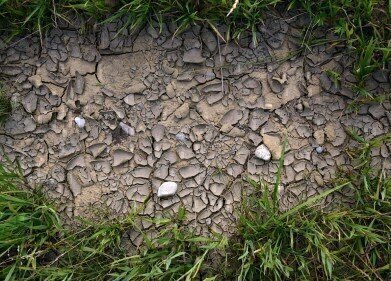Bioremediation
What's the Difference Between Bioremediation and Biodegradation?
Jul 14 2022
To those unfamiliar with the topic, the terms bioremediation and biodegradation may sound as though they could be used interchangeably. However, the truth is that they refer to two distinct concepts, one of which is a naturally occurring phenomenon and the other is a manmade technique for addressing environmental contamination.
Of course, such an explanation is overly simplistic for those with no prior knowledge of environmental matters. For that reason, this article will investigate the matter more thoroughly below, first elucidating what exactly bioremediation and biodegradation are, before conducting a like-for-like comparison of the two.
What is bioremediation?
Bioremediation is the name given to the process of using organic or naturally occurring elements to clean up contaminated soil or groundwater. Generally speaking, bioremediation involves the use of microorganisms, fungi, bacteria or plants to neutralise or destroy contaminants in the affected area. The primary aim of bioremediation is to remove hazardous materials from the soil or water – or else reduce their toxicity to a more acceptable level.
Bioremediation can occur either in situ or ex situ. The former refers to treatment of the contaminated matter in its natural environment, such as the recent completion of a bioremediation project at the site of a new Audi plant in Germany. The latter refers to when the contaminated substances are removed (normally to a laboratory setting) to be treated.
What is biodegradation?
Biodegradation, on the other hand, is a completely natural process whereby those aforementioned organic elements decompose other organic materials that have accumulated in the natural world. These materials are broken down into their constituent compounds, replenishing the surrounding soil and water with the nutrients once contained within them.
Biodegradation can take place either aerobically or anaerobically. As the name suggests, the former refers to when biodegradation takes place in the presence of oxygen, which occurs more rapidly and more comprehensively. The latter converts organic substances into carbon dioxide and methane in the absence of oxygen.
What’s the difference between the two?
It should be clear at this point how much the two terms differ in what they actually define. Bioremediation is a process engineered by humans as a means of waste management and environmental clean-up. It uses organic elements in a controlled manner to achieve beneficial results and occurs on a shortened timescale compared to biodegradation. It must be designed and supervised by a qualified and experienced professional.
Biodegradation, on the other hand, is a completely natural process which has been taking place for millennia and over millennia. Through it, organic matter is decomposed into its constituent parts, recycling the nutrients contained therein and emitting waste gases as by-products of the process. It happens all over the planet and is regulated by the rhythms of Mother Nature, though it can have both desirable and undesirable outcomes.
Events
May 18 2025 Algiers, Algeria
23rd International Water Management Exhibition
May 20 2025 Prague, Czech Republic
Singapore International Water Week Spotlight 2025
Jun 23 2025 Singapore
Jun 25 2025 Sao Paulo, Brasil
Jul 02 2025 Bangkok, Thailand














